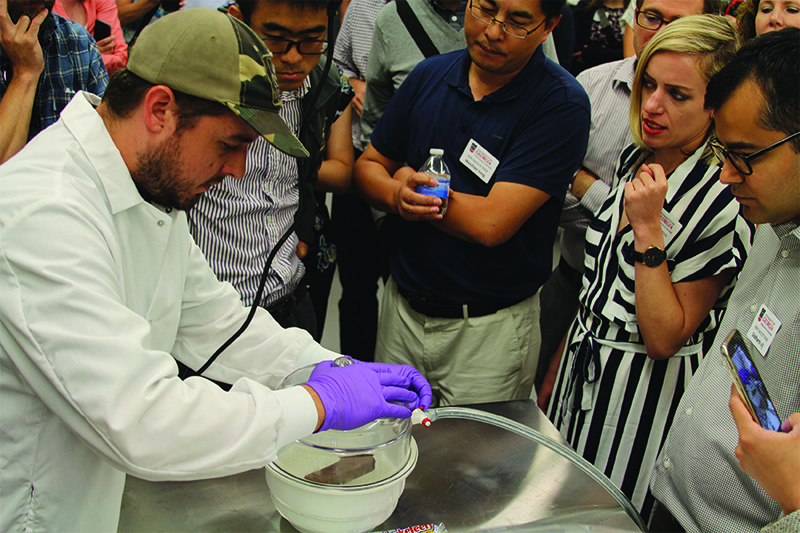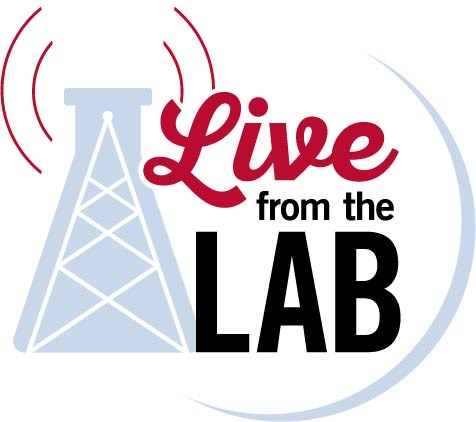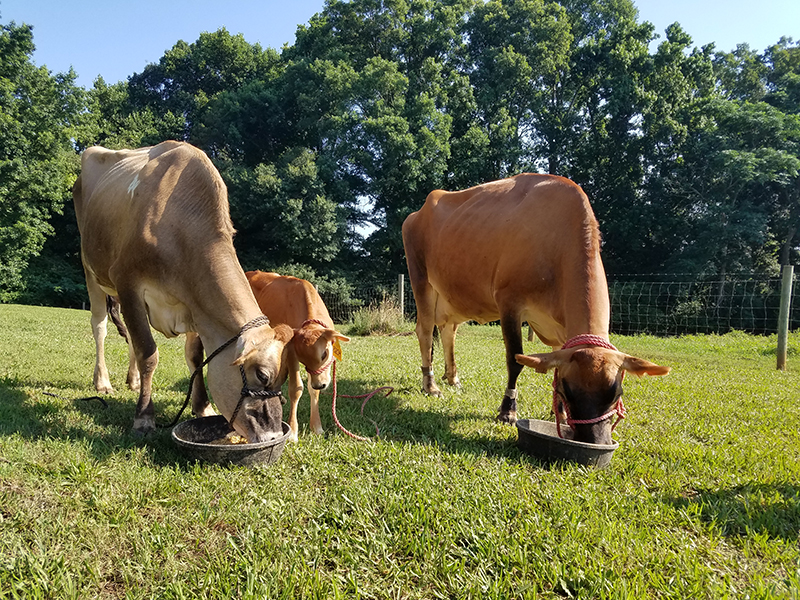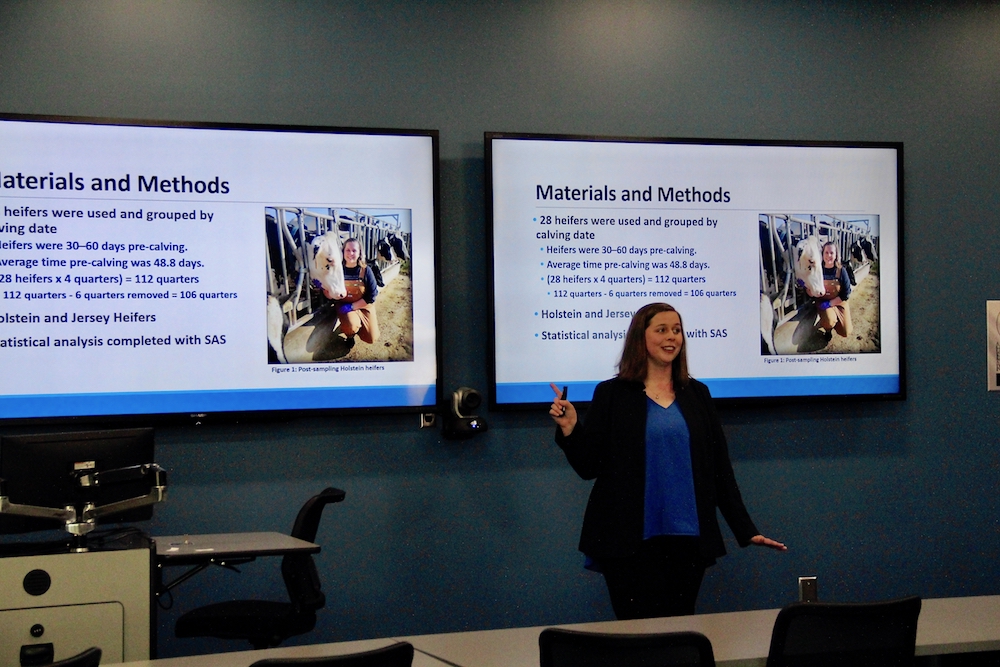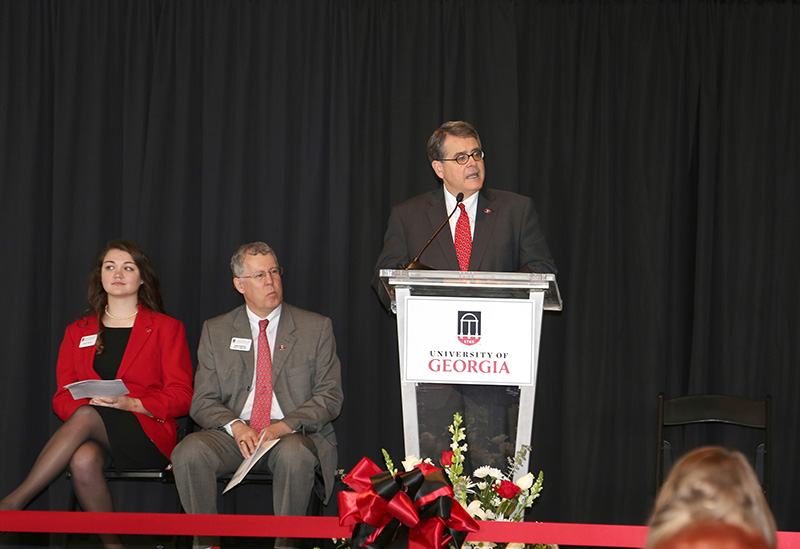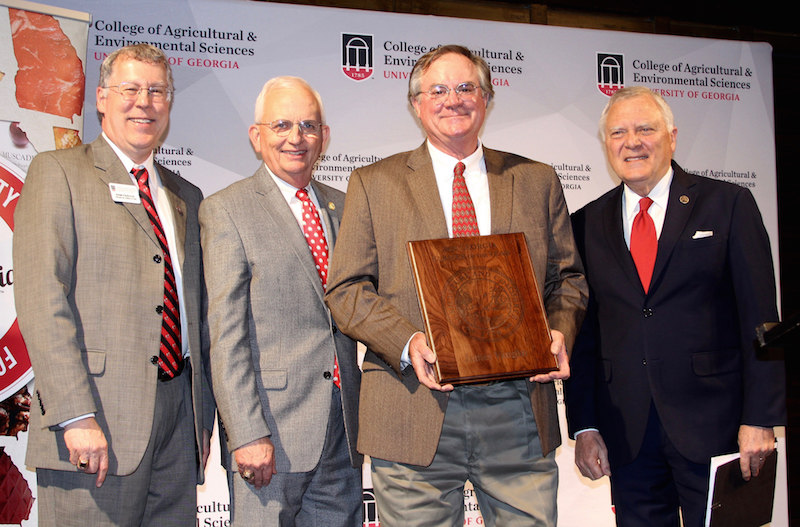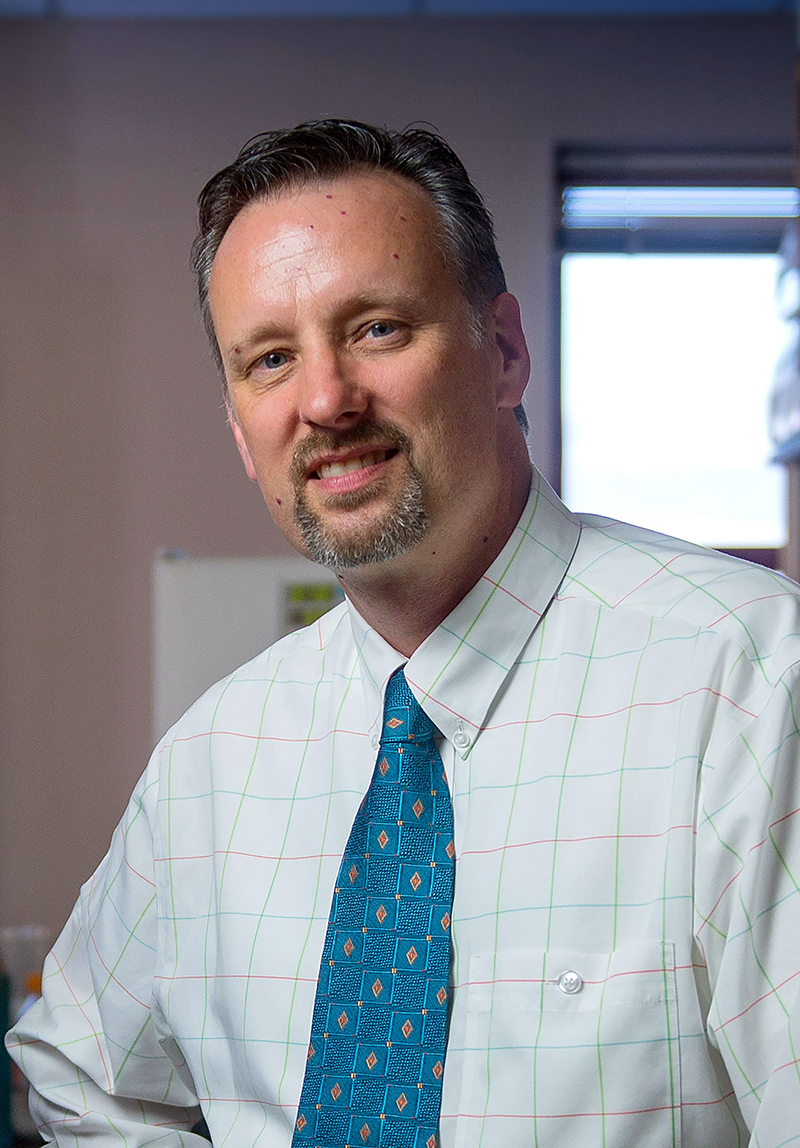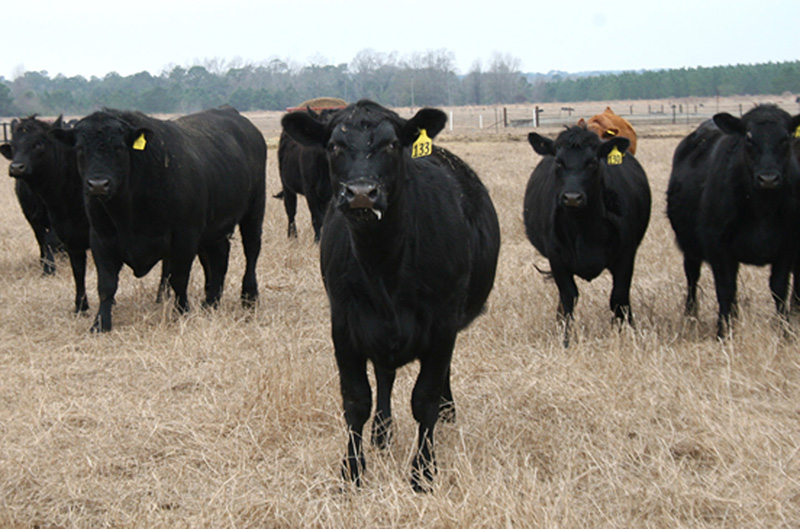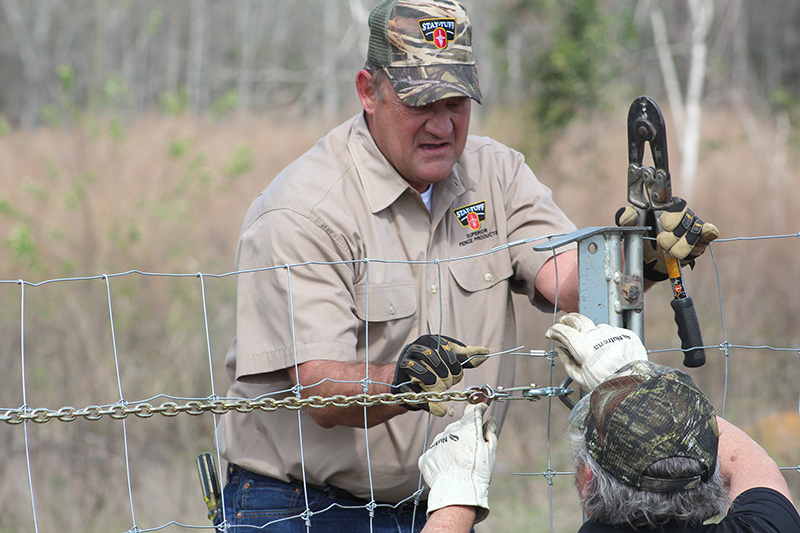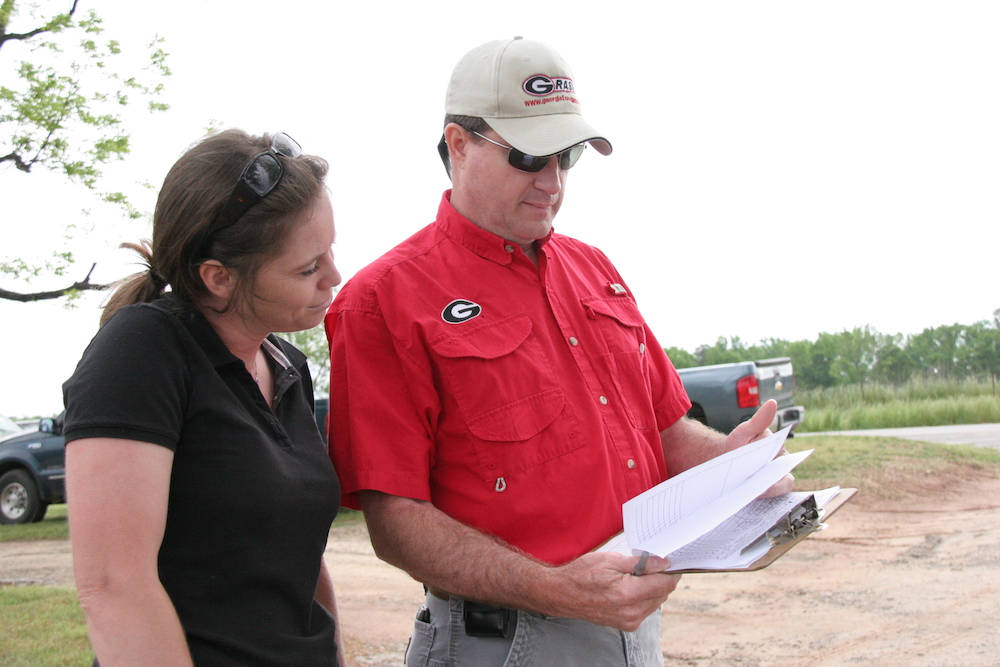 CAES News
CAES News
Northeast District Director
Bobby Smith’s first job was on his family’s dairy farm in Boaz, Alabama. He felt right at home when University of Georgia Cooperative Extension hired him to work with farmers in Morgan County, one of the state’s most productive dairy regions, 18 years ago.

